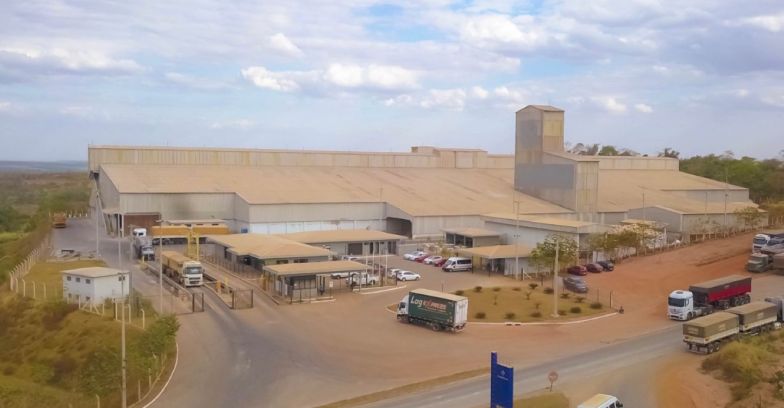
Building a Small-Scale Organic Fertilizer Production Line: Equipment, Budget, and Profitability
Organic agriculture is growing rapidly around the world, and small-scale organic fertilizer production lines are…
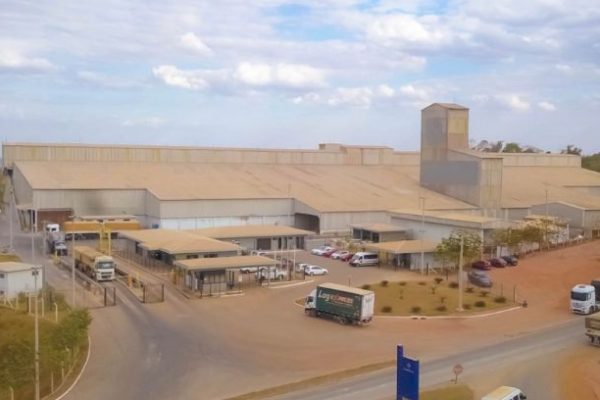
Organic agriculture is growing rapidly around the world, and small-scale organic fertilizer production lines are becoming increasingly popular among individual farmers, cooperatives, and agri-entrepreneurs. Unlike large industrial facilities, small-scale fertilizer production lines require less capital investment and infrastructure while still providing an efficient solution for recycling organic waste into valuable fertilizer products. In this article,…
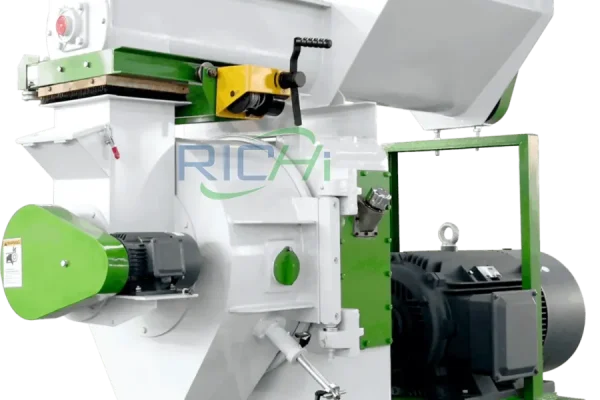
1. Introduction Organic fertilizer pellet machines play a vital role in the production of organic fertilizers. However, during their operation, these machines often generate significant noise, which not only creates an unpleasant working environment for operators but also may cause noise pollution in the surrounding areas. Understanding the causes of this noise and implementing effective…
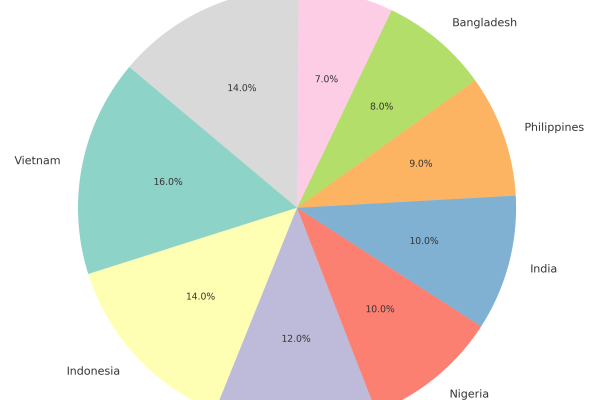
China has become one of the world’s leading hubs for pellet mill manufacturing. Whether you’re producing animal feed, biomass fuel, or organic fertilizer, Chinese manufacturers now offer full-line pellet production solutions with competitive pricing and global service. But not all suppliers are equal. So, which pellet mill manufacturers are based in China—and which ones are…
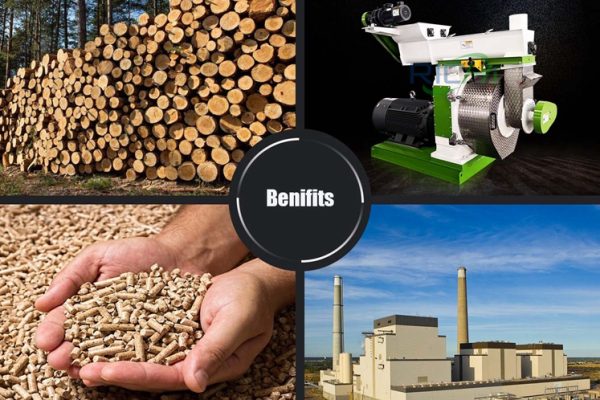
Understanding Wood Pellet Making Machines and Their Uses A wood pellet making machine, often referred to as a wood pellet mill, is a specialized device designed to process raw biomass materials into compact and energy-efficient pellets. The fundamental structure of a wood pellet machine consists of several key components, including a feeder, conditioner, pellet chamber,…
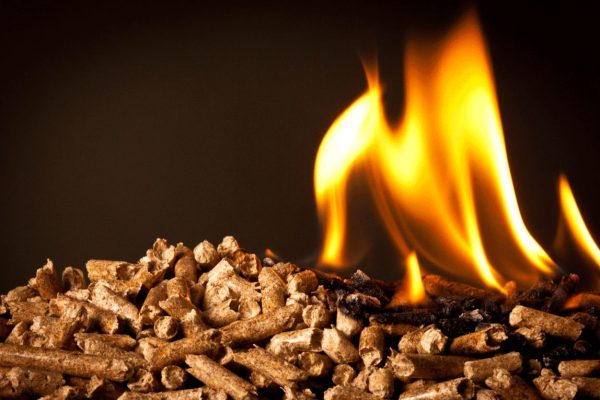
Wood pellet machines have gained significant popularity in recent years due to the increasing demand for renewable energy sources and sustainable practices in various industries. These machines are designed to convert raw biomass materials, such as wood chips, sawdust, and agricultural residues, into high-density pellets. This article explores the various uses of wood pellet machines,…
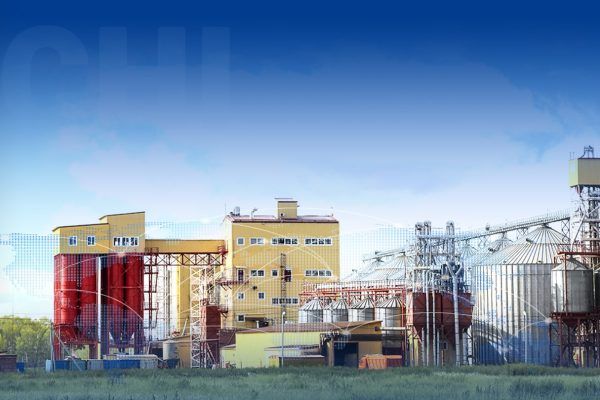
Establishing an animal feed mill plant in New Zealand involves a series of detailed steps that require careful planning, adherence to regulatory requirements, and a focus on quality and safety. The following outlines the key procedures necessary for setting up a successful facility: 1. Feasibility Study and Market Analysis Begin with a comprehensive feasibility study…
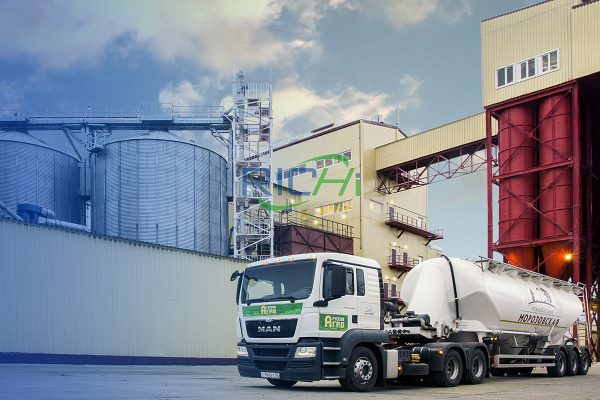
Setting up a custom feed mill in Uganda presents a valuable opportunity to support the country’s diverse and expanding livestock sector. Uganda’s agricultural landscape, which includes both small-scale and commercial farming, requires a flexible approach to feed production. This article delves into the various types of animal feed that can be produced in a custom…
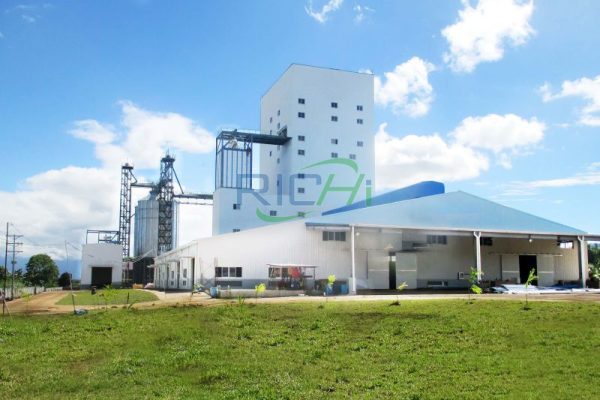
The production process of a premix feed mill is a meticulous and detailed operation designed to ensure the delivery of high-quality, nutrient-rich products that enhance animal nutrition. Here’s a breakdown of the key steps involved: 1. Raw Material Selection and Procurement 2. Quality Control and Testing 3. Ingredient Storage 4. Weighing and Dosing 5. Mixing…
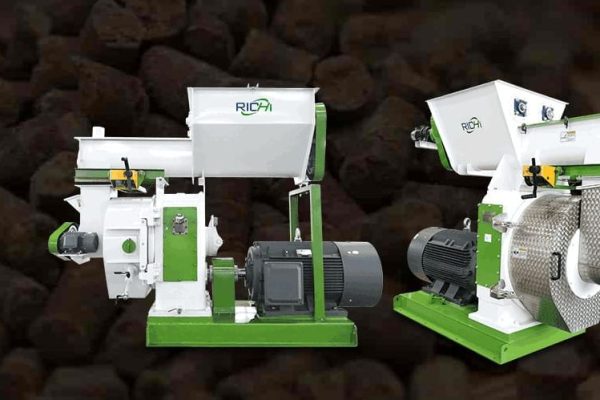
Chicken manure pellet machines have become increasingly popular as farmers and agricultural businesses seek efficient ways to process and utilize poultry waste. These machines convert raw chicken manure into compact, easy-to-handle pellets that can be used as organic fertilizer or fuel. Choosing the right chicken manure pellet machine is crucial for maximizing efficiency and return…
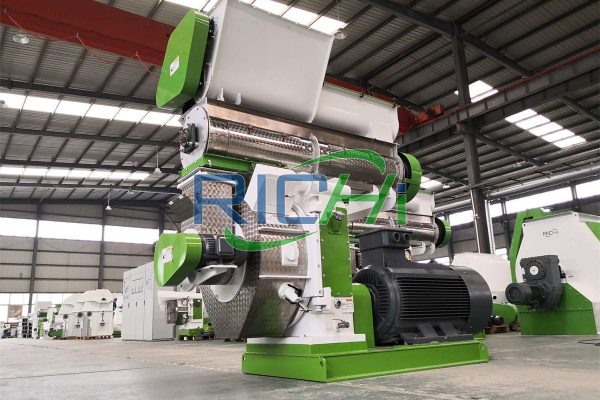
Livestock feed pellet machines are highly versatile tools designed to transform a wide array of feed ingredients into compact, easily digestible pellets. In the context of ruminant feed—intended for animals such as cattle, sheep, goats, and other ruminants with complex digestive systems—these machines play a vital role in the production process. This article examines the…